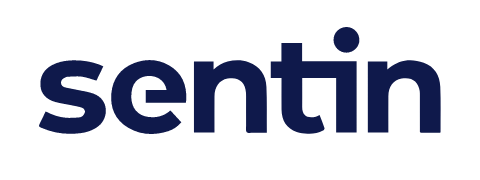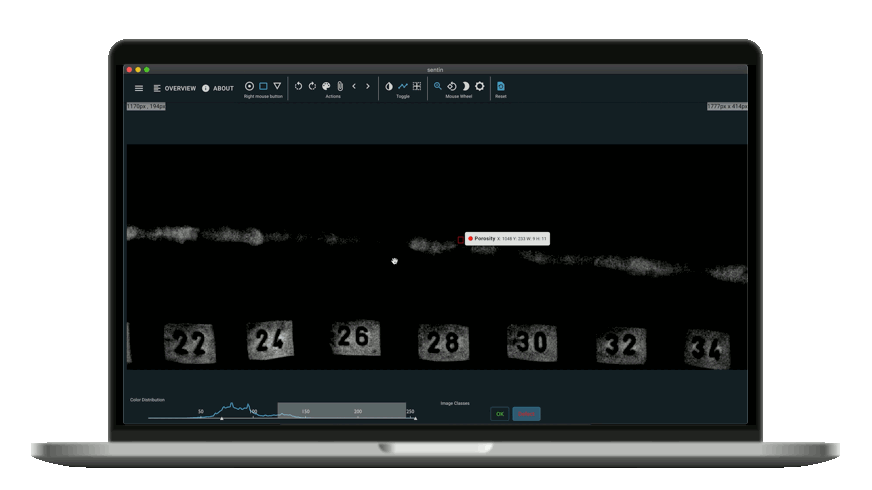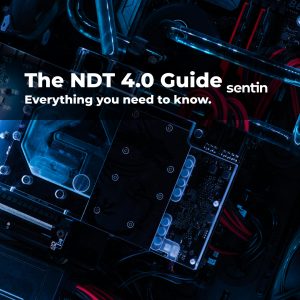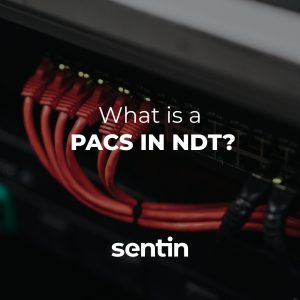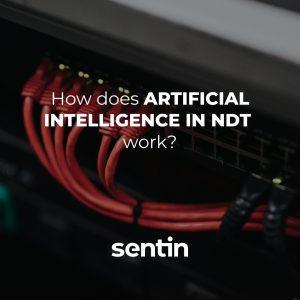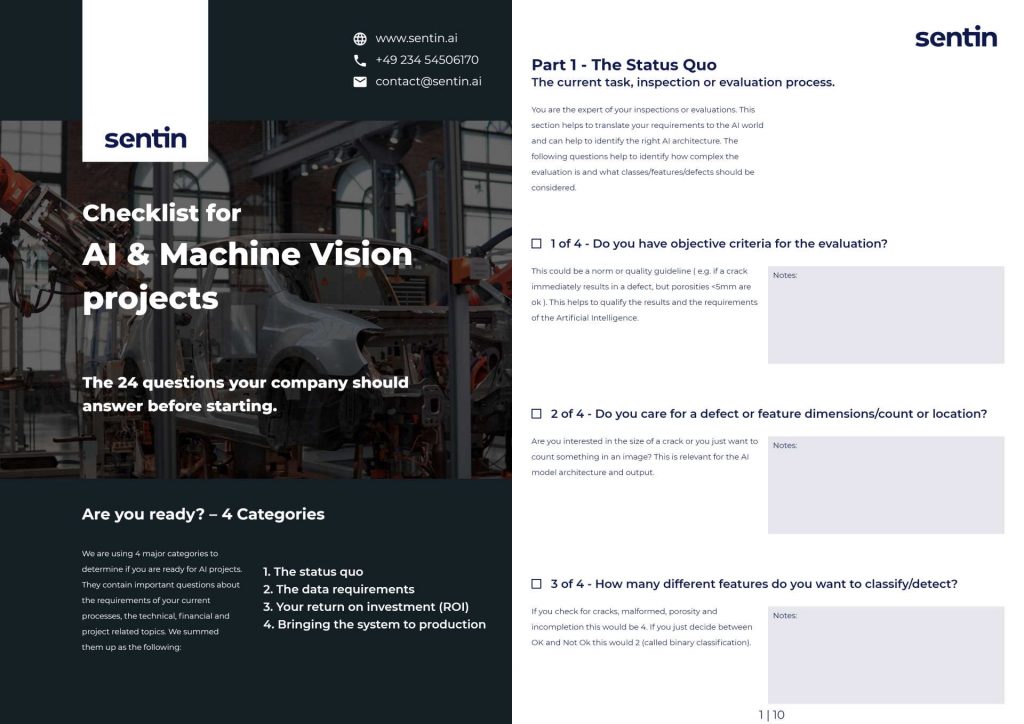The concept of the digital twin dates back to the 1950s, when NASA, GE and other industrial manufacturers began creating abstract digital models of assets to model their performance in simulations and maintain a record of the asset throughout its life. Over the years, more and more industries have adopted the digital twin paradigm to improve traceability, maintenance, and analysis, enabling better maintenance of the plant or equipment while reducing various risks identified during lifecycle management.
The following article is a guest article by the systems engineer James Wardrop. He is the founder of PipelineSentry, which enables the automation of technical processes by organizing, linking and providing context to technical data using digital twins.
These are the 3 Facts:
- Not using all your data costs, you time and money – one example.
- The key to a digital twin is in the linking data to an object at a location in time – one benefit is the ability to provide context.
- It is as important to make a digital twin navigable by a human as it is by a machine – presenting data visually allows the human brain to digest and utilise it in decision making.
Here are some articles about:
1. Benefit
Reducing data costs, time and money
Physical properties for pipe joints vary from joint to joint (this is also true for the connections between joints). This is due to the manufacturing processes. Every pipe joint must exceed the minimum requirements if it is to become part of a pipeline. Material strengths for example can be up to 20% greater than the minimum requirement.
A digital twin allows you to utilise this extra strength in determining asset integrity. This is the same for all pipeline physical properties, by assuming the worst for every variable in every pipe joint it causes a huge stack up of incorrect assumptions. They say a chain is only as strong as its weakest link and this rings true for pipelines. A digital twin allows you to know where the weakest link is and act appropriately. One bad apple doesn’t have to spoil the bunch!
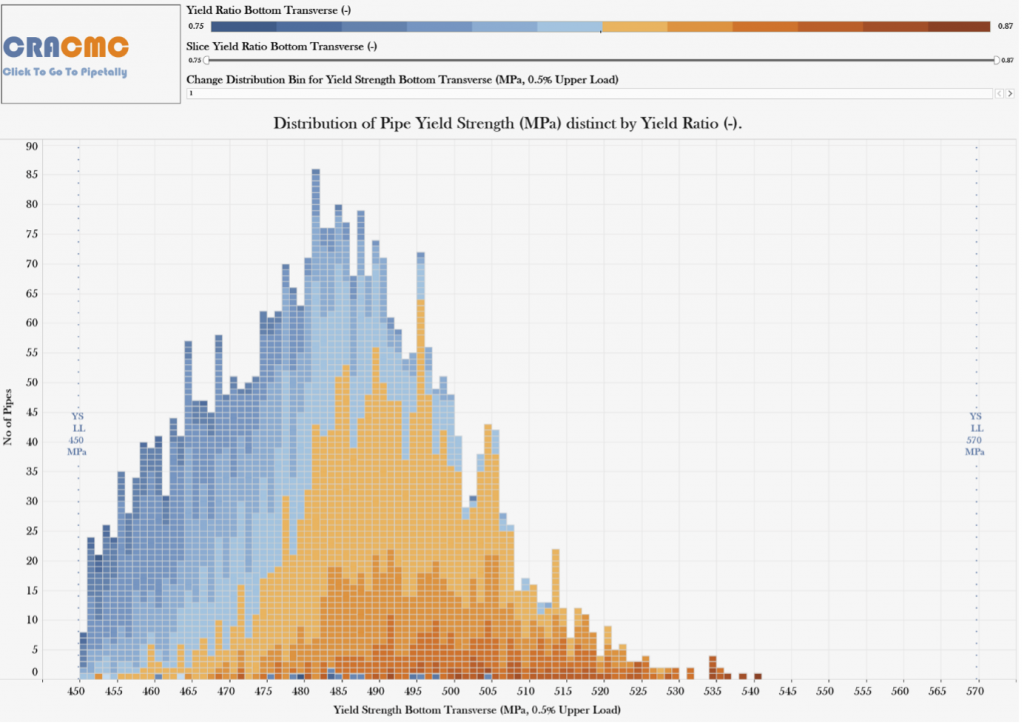
2. Benefit
The ability to provide context.
A digital twin for pipelines digitises and links data. Each data set is linked to an object at a location in time. By doing this you can automate any engineering integrity assessment you need and feed the results back into your model. By building a data schema with the integrity of a pipeline as the guiding force you can identify the relevant variables and eliminate the noise.
If you know the variables you can thread them through engineering equations automatically and create higher level data than an individual data point on its own. This allows an engineer to focus on areas of interest and perform detailed engineering rather than perform repetitive tasks. By organising data, you make integrity engineering hyper scalable. When you can do it for 1 case you can do it for “n” cases. (n = any number).
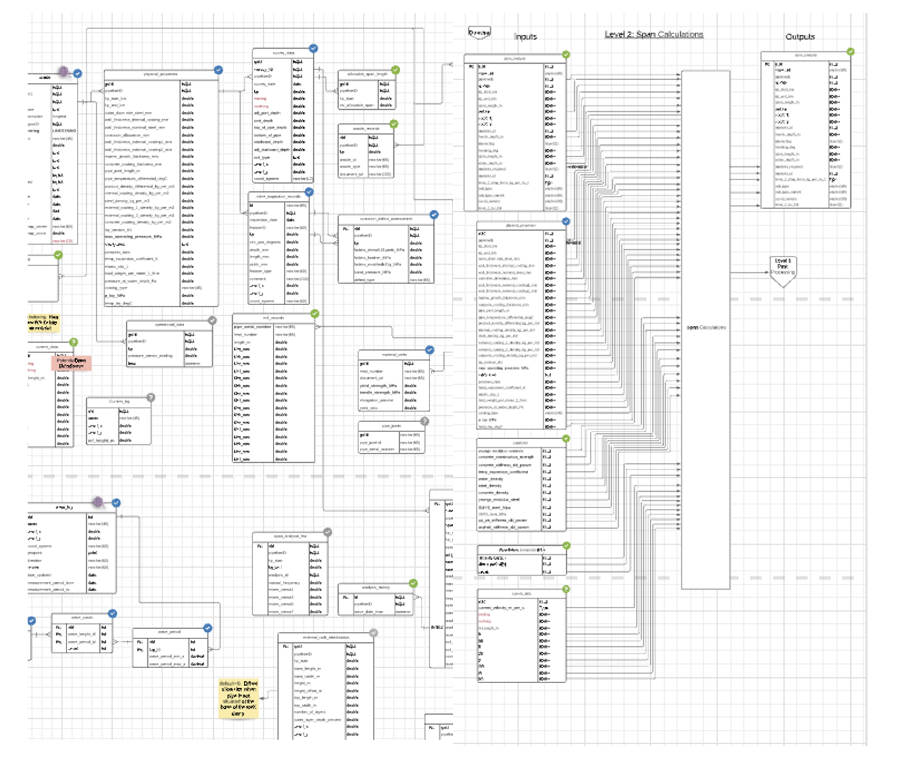
3. Benefit
Improved Decisions.
By Visualizing data.
It is as important to make a digital twin navigable by a human as it is by a machine – presenting data visually allows the human brain to digest and utilise it in decision making. By structuring and linking data in database using and entity relationship diagram not only do you make it easy for a machine to extract and manipulate data, but you can generate immersive 4D environments.
A digital twin links data to a physical location in time this is how the human brain has evolved over the millennia. Like hanging your car keys on a hook, you will always know where to find the right data. More importantly you will know where to put any new data… the digital twin becomes an attractor for more and more data. More importantly with data easily accessible it will enhance our decision making and make our assets operate safer and longer.
About James Wardrop and PipelineSentry
James Wardrop is an experienced System Engineer with a demonstrated history of working in the oil & energy industry. Skilled in Petroleum, Gas, Pipelines, Front End Engineering Design (FEED), Subsea Equipment Design and Engineering. He is a strong engineering professional with a Commerce and Engineering Degree (Materials Engineering, Corporate Finance) from The University of Western Australia. James Wardrop is the founder of Engtech Analytics, a company creating digital twins for pipelines. He is Leading technical and business development for a cloud based pipeline digital twin technology at PipelineSentry.

PipelineSentry creates digital twins for pipelines. Their team is passionate about increasing the efficiency of engineering work by organizing engineering, asset, operational and environmental data. With data organized efficiently they automate engineering processes which are otherwise labor intensive and time consuming, essentially becoming a force multiplier for an engineer.
Digital Twins in connection with KI
What is the sentin EXPLORER?
If you have a digital twin of your projects, an inspector has to evaluate these and find any problems and reasons for possible upcoming disasters. Therefore you can use supporting, or automatic softwares which are based on artificial intelligence. They evaluate the images and find any mistakes in the buildings. One AI based software is the sentin EXPLORER.
The sentin EXPLORER is a tool to automate such inspection or image evaluation tasks. Our customers sometimes produce thousands of images per week, all of which have to be reliably checked. Therefore we give you the power to perform evaluations with the help of artificial intelligence and to find defects more reliably or gain new insights.
If you want to learn more: The 5 Types – What is Non-Destructive Testing (NDT)?
